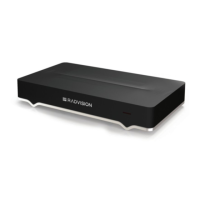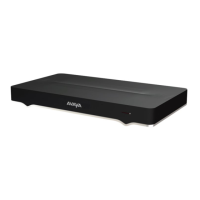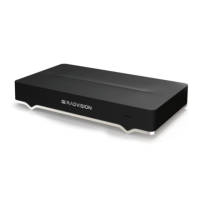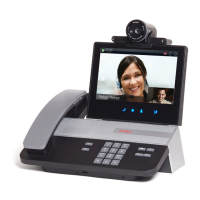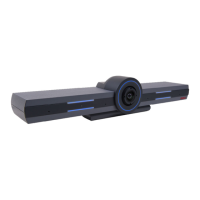Parameter Description
Server 1 DNS Name
Server 2 DNS Name (Optional)
Server 3 DNS Name (Optional)
Enter the DNS name or IP address of each SIP server,
used to register the endpoint.
Server Model Select the model of the SIP server for the best
interaction. If you are not sure or it is not listed, select
Auto.
3. Configure advanced SIP options as described in Table 24: Configuring SIP-related
parameters on page 109. From the endpoint's main menu, select Advanced to access these
settings. On the web interface, they appear directly below the SIP server settings described
above.
Figure 76: Configuring advanced SIP settings
Table 25: Configuring SIP-related parameters
Parameter Description
Transport Outbound Call Select the preferred transport protocol for outbound SIP
calls: TCP or UDP.
UDP/TCP Listening Port Enter the port number used by XT Series for receiving
inbound SIP calls. By default, the system uses port 5060.
Transport Outbound BFCP Select the transport protocol to use when sharing content
via BFCP, from the options listed below. BFCP is a
protocol which coordinates shared videoconference
features in SIP calls, often used by one participant at a
time. For example, when sharing content to others in the
meeting, one participant is designated as the presenter,
and is granted the floor for presenting. All endpoints must
Table continues…
Initial Configuration of the XT Series
110 Avaya Scopia
®
XT Series Deployment Guide April 2015
Comments? infodev@avaya.com

